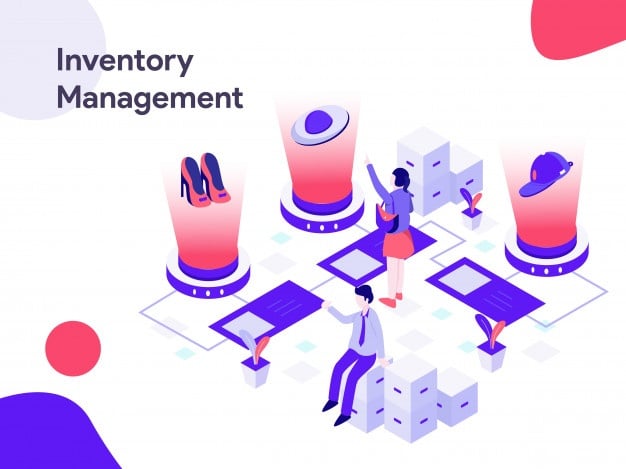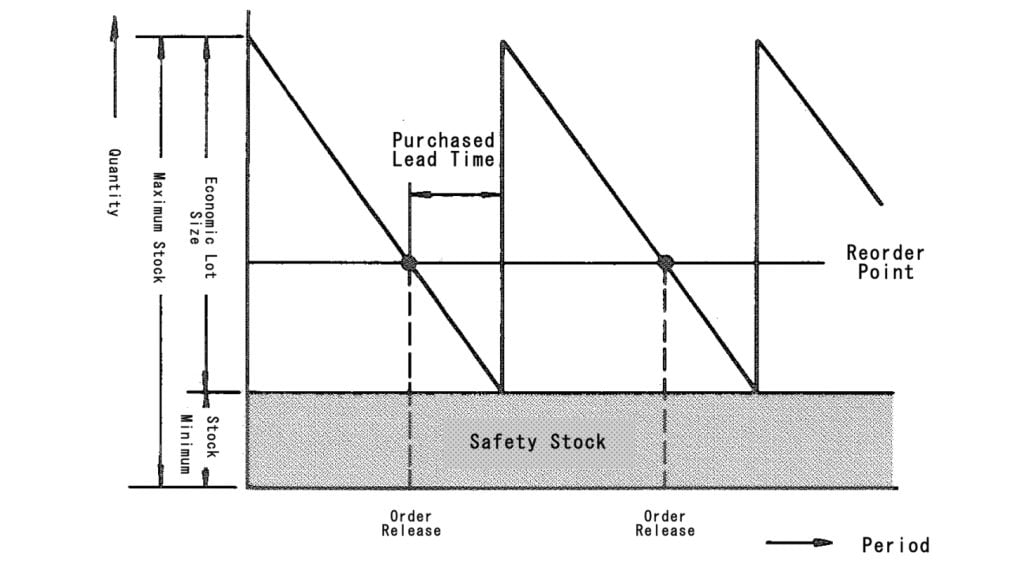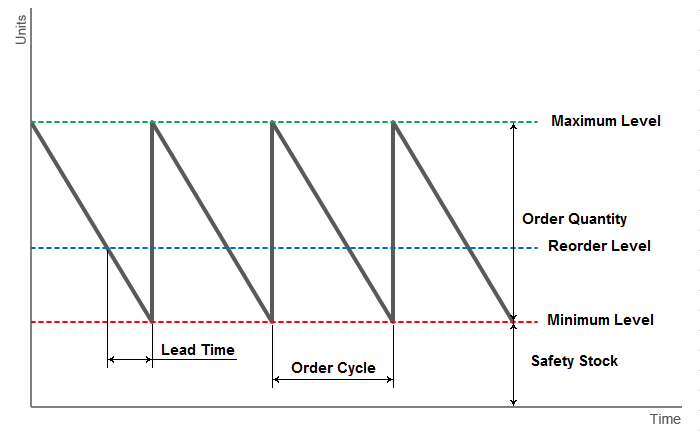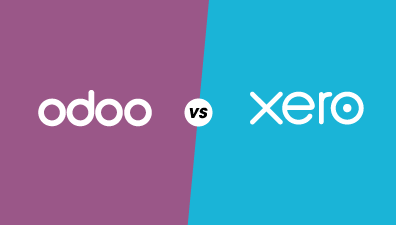Ordering the right measure of stock can feel overpowering. Ordering too much can really cost you, while not having enough loses you money and clients. So how would you realize what amount of inventory to order? All things considered, that right there is where inventory management models come into play.
Understanding which of the core inventory management models applies to divisions of your business is a basic initial phase in utilizing the correct inventory management techniques to manage your inventory.
Table of Contents
What Is the Inventory Management Model?
Initially, it assists with understanding what the issue is. Inventory management models enhance your business by keeping up the perfect measure of inventory while lessening costs. The objective of inventory management, otherwise called inventory control, is to get the most benefit from your inventory with minimal measure of the venture. You need to ensure you have sufficient stock in stock so you can keep clients glad, yet you would prefer not to squander cash requesting stock that probably will not sell.
Inventory management is a systematic approach to sourcing, storing, and selling inventory—both raw materials (components) and finished goods (products). In business terms, inventory management means the right stock, at the right levels, in the right place, at the right time, and at the right cost as well as price. The stock might be kept “in-house”, which means in the vicinity or close by for sure-fire use; or it could be held in a removed stockroom or dispersion place for some time later. Except for firms using in-the nick-of-time strategies, usually, the expression “stock” infers a put-away amount of merchandise that surpasses what is required for the firm to work at the current time.
The significance of inventory management models is in the exactness it gives. You can discover which items are selling and which ones are not, which things you need to have available, and explicitly what amount is required. Also, when you know these subtleties, you can lessen operational costs, lower stockpiling expenses, and set aside your business cash.
The Different Inventory Management Models
Three of the most popular inventory management models are Economic Order Quantity (EOQ), Inventory Production Quantity, and ABC Analysis.
Each of the inventory management models has an alternate way to deal with assisting you in knowing how much stock you ought to have available. Things you choose to utilize rely upon your business.
Economic Order Quantity (EOQ)
Best eCommerce traders and retail operators are driven by a prudent rationale to keep away from stockouts. Utilizing deterministic inventory management models – like the Economic Order Quantity (EOQ) model – will assist you with processing an ideal request amount that limits stock expenses (and keeps away from the most dreaded part of eCommerce). The EOQ is a recipe that figures the most prudent number of things a business should request to limit costs and boost esteem when reloading stock.
EOQ = 2DS/C
D = Annual Demand
C = Carrying Cost
S = Ordering Cost
In any case, the EOQ model expects a (consistent) request for an item and prompts accessibility of things to be restocked. It does not represent occasional or economic fluctuations. It expects fixed expenses of inventory units, requesting charges, and holding charges. No stockouts are allowed.
This inventory model requires nonstop checking of inventory levels. The viability of the essential EOQ model is generally restricted by the presumption of a one-item business, and the recipe does not permit communication between items. Also, EOQ accepts a boundless arranging skyline and there is no restriction on capital availability.
Inventory Production Quantity
Also called Economic Production Quantity, or EPQ, this kind of inventory management model discloses to you the number of items your business should arrange in a solitary cluster, in order to diminish holding expenses and arrangement costs. It expects that each request is conveyed by your provider in parts to your business, instead of in one full item.
This model is an augmentation of the EOQ model. The distinction between the two models is the EOQ model expects providers are convey stock in full to your client or business.
Here is how to calculate your Inventory Production Quantity:
2KDh(1-x)
K = Setup (order) costs
D = Demand Rate
h = Yearly Holding Cost Per Product
P = Yearly Production Rate
x = D/P
* Take the square root of (2SD)/Production Cost (1 – x)
* S is your setup (order) costs
* D is your demand rate (units)
* X is your Demand Rate/Production Rate
This model could be the best choice for your business if:
- Your business will generally request inventory from providers in parts as opposed to one full request, for example, for an automotive organization.
- Interest in items is consistent over various periods of time.
ABC Analysis
The more cash explicit inventory presents to you, the more significant it is to you. ABC examination arranges your inventory depending on degrees of significance. By realizing which stock is the main, you realize where to concentrate. To be best, ABC Analysis is often utilized with other inventory management models, like the Just in Time (JIT) technique.
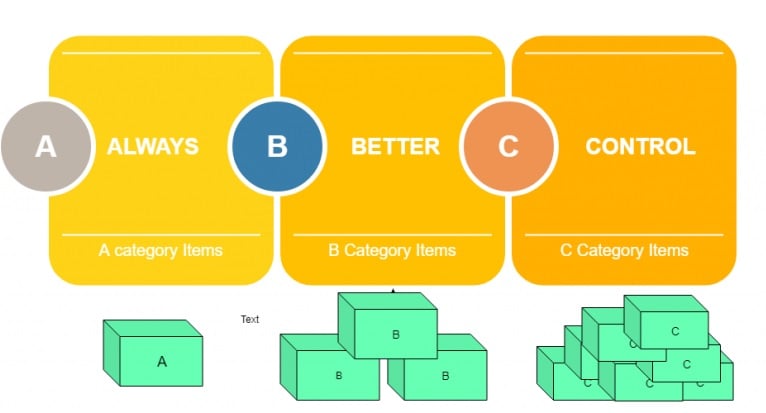
Stock is sorted into either bunchs A, B, or C. So how would you know which class to put inventory under? It depends on the 80/20 guideline, otherwise called the Pareto Principle:
Category A: Inventory under this classification gets the most cash and is just a modest quantity of your all-out stock. It accounts for just 20% of your stock however gets 70% of your complete income. Category A stock is given the most measure of consideration and has tight requesting controls set up.
Category B: Unlike Category A stock, this Category B stock is not fundamental for your business to endure, however, it actually matters. It is 30% of your stock with 25% income.
Category C: Inventory arranged under Category C is 50% of your items with 5% income. This stock does not get as much benefit as A and B, however, it is steady. Inventory management is quite free here since it gets a modest quantity of pay.
In the event that your organization offers administrations or items that all shift significantly in cost, for example, an arranging organization, this will be a viable model for you.
A genuine model is Amazon, whose items cover an enormous scope of costs. Few out of every odd thing you see recorded on their site is available. That would prompt extraordinarily high holding costs, making it hard to make money. So all things being equal they request stock dependent on what they see with their ABC classification rules.
The drawback to this kind of inventory management model is that you need to classify the correct stock accurately with the goal for it to work. Or else you will be putting all your inventory management models into consideration into an item that is not presenting to you the most cash.
Other Inventory Management Models
Fixed Reorder Quantity System
A Fixed Reorder Quantity System is an Inventory Model, where an alert is raised promptly when the inventory level dips under a fixed amount, and new orders are raised to renew the inventory to an ideal level dependent on the interest. Where the inventory is requested for recharging is named Reorder Point. The inventory amount at Reorder Point is named as Reorder Level and the amount of new inventory arranged is alluded to as Order Quantity.
Average Demand (DAv): It is the normal number of request demands made each day.
Average Lead Time (TL): The time needed to fabricate merchandise or item.
Average Lead Time Demand (DL): Average number of requests mentioned during the Lead Time.
Average Lead Time Demand (DL) = Average Demand (DAv) X Average Lead Time (TL)
Safety Stock (S): It is the additional stock that is constantly kept up to alleviate any future dangers emerging because of stock-outs in view of the setback of crude materials or supply, breakdown in machine or plant, mishaps, regular cataclysm or calamity, work strike or whatever emergency that may the slow down the production process. The amount of safety stock is regularly determined by dissecting verifiable information and is set to an improved level by assessing cautiously the current expense of stock and misfortunes that might be caused because of future danger.
Reorder Level (RL): Reorder level is the stock level, at which an alert is set off promptly to renew those specific inventory management models. Reorder level is characterized, by keeping into thought the Safety Stock to stay away from any stock-out and Average Lead Time Demand on the grounds that even subsequent to raising the caution, it would take one complete interaction cycle (Lead Time) till the new inventories show up to recharge the current inventory.
Reorder Level (RL) = Safety Stock (S) + Average Lead Time Demand (DL)
Order Quantity (O): Order quantity is the Demand (Order demands) that should be conveyed to the client.
Minimum Level: At any rate Safety Stock must be constantly kept up to stay away from any future stock-outs according to the standard acts of stock administration.
Minimum Level (LMin) = Safety Stock (S)
Maximum Level: The maximum level that can be kept in stock is safety stock and the demand (the quantity ordered).
Maximum Level (LMax) = Safety Stock (S) + Order Quantity (O)
Example: The order quantity of a product is 600 Units. The Safety Stock is 200 Units. The Average Lead Time is 5 Days and the average consumption per day is 40 units.
- Order Quantity (O) = 600 Units
- Safety Stock (S) = 200 Units
- Average Lead Time (TL) = 5 Days
- Average Demand ( DAv ) = 40 Units
- Average Lead Time Demand (DL) = Demand (DAv) X Lead Time (TL) = 200 Units
- Reorder Level (RL) = Safety Stock (S) + Average Lead Time Demand (DL) = 400 Units
- Minimum Level (LMin) = Safety Stock (S) = 200 Units
- Maximum Level (LMax) = Safety Stock (S) + Order Quantity (O) = 800 Units
Fixed Reorder Period System
A fixed Reorder Period System is an Inventory Model of administering inventories, where an alert is raised after each fixed time span and orders are raised to re-energize the stock to an ideal level ward on the interest. For this situation recharging inventory is a nonstop interaction done after each fixed time period.
Regular Intervals (R): Regular Interval is the fixed time-stretch toward the finish of which the inventories would be assessed and orders would be raised to renew the inventory.
Inventory on Hand (It): Inventory on hand is the Inventory level measured at any given point in time.
Maximum Level (M): It is the maximum level of inventory permitted according to the production guidelines. The maximum level is determined by breaking down historical information.
Order Quantity: In this system, inventory is audited at regular intervals (R), inventory on hand (It) is noted at the time of the survey and the requested amount is put for an amount of (M) – (It).
Order Quantity (O) = (M) – (It)
Example: Inventory is replenished at every regular interval of 5 days. The maximum allowable inventory is 800 Units. The inventory reviewed on Day-5, Day-10, Day-15 and Day-20 were 387 Units, 201 Units, 498 Units, and 127 Units respectively.
- Regular Intervals (R) = 5 Days
- Maximum Level (M) = 800 Units
- Inventory on Hand: I5 = 387 Units, I10 = 201 Units, I15 = 498 Units and I20 = 127 Units
- Order Quantity (O) = (M) – (It)
- Order Quantity (O5) = 800 – 387 = 413 Units
- Order Quantity (O10) = 800 – 201 = 599 Units
- Order Quantity (O15) = 800 – 498 = 302 Units
- Order Quantity (O15) = 800 – 127 = 673 Units
Final Thought
There are various ways to manage inventory. This is largely due to different business models with different types of inventory management models, and types of goods and services that are sold across the world. No two businesses are by and large something similar thus they need to discover arrangements that are custom-fitted to their particular requirements. Given that every business has a unique location, infrastructure, and logistical layout; it can be difficult to find some inventory management models to align your business processes with.
Inventory management models are methods of optimizing the flow of goods in and out of an organization. Each business is special, thus they should be adaptable with how they approach their stock administration. They ought to ask themselves a progression of inquiries and afterward pick the suitable stock arrangement that best meets their requirements. For more advanced insights on inventory management, please feel free to subscribe to our newsletters and blogs. We hope that the knowledge and information we bring can help you on the path of digital transformation.


